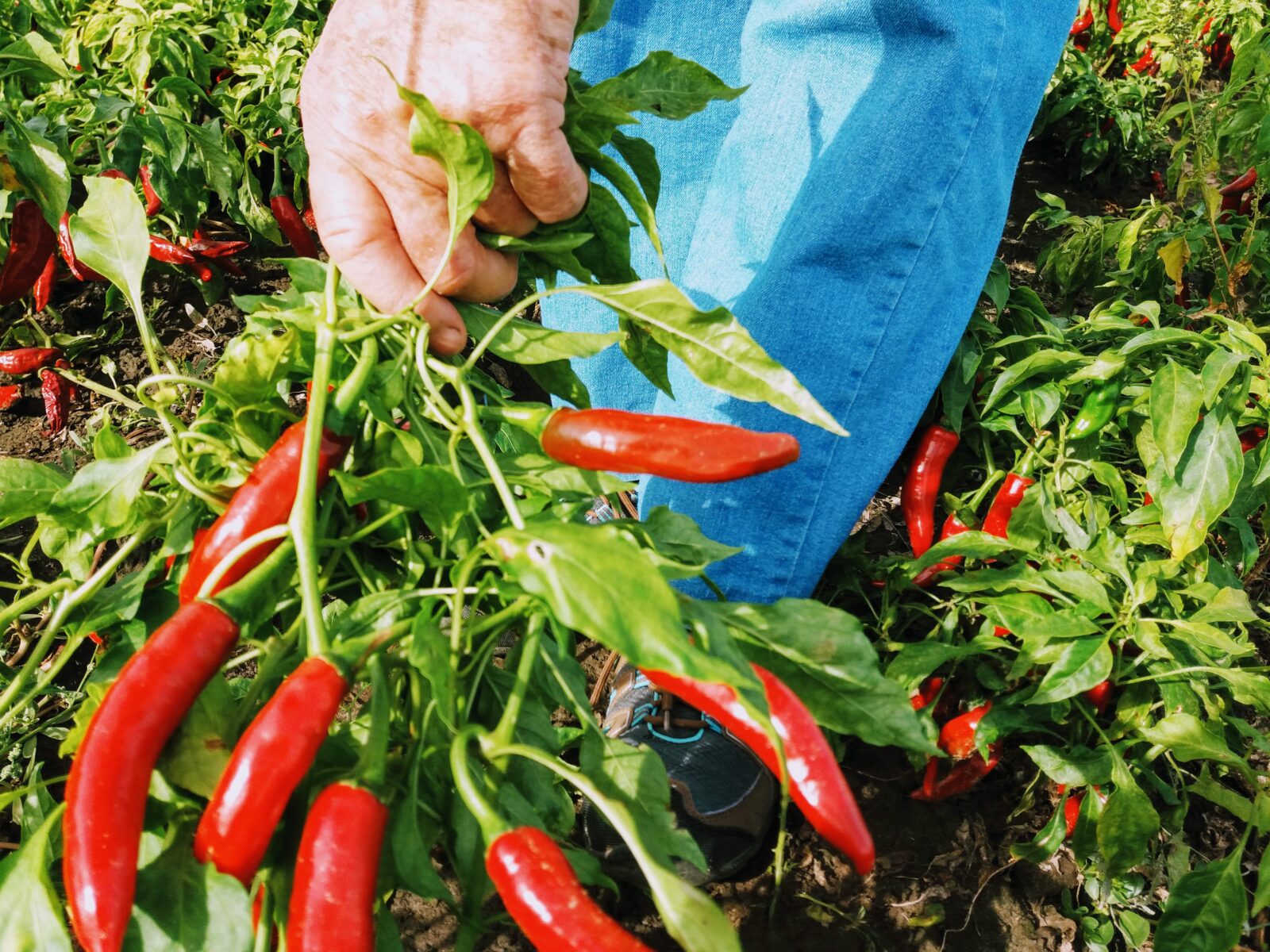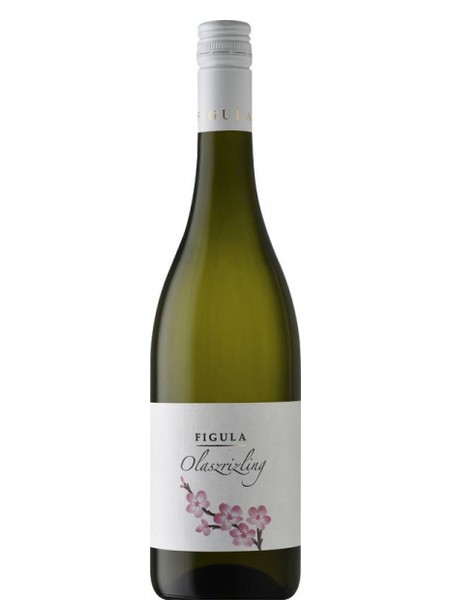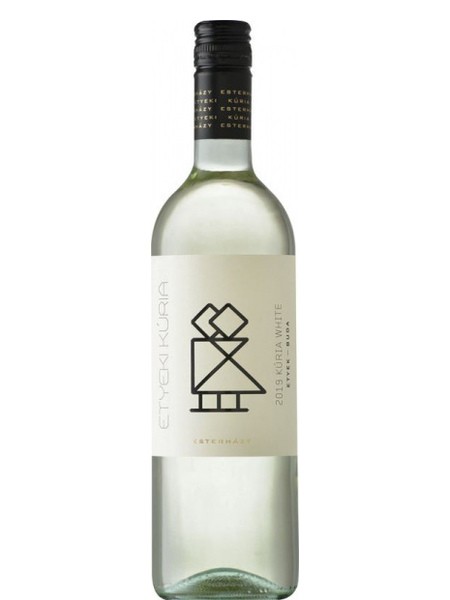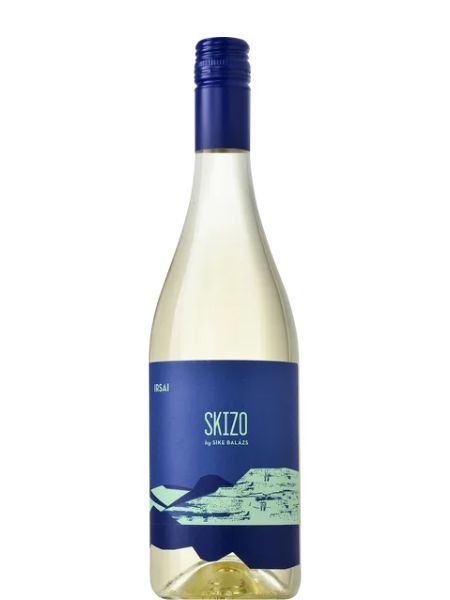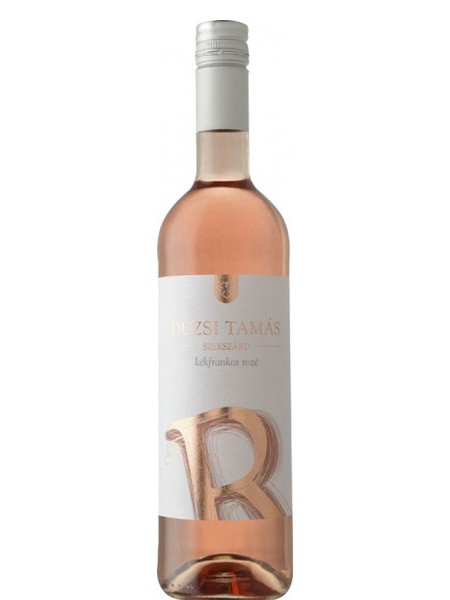Updates, Wine Styles & Trends
Fröccs!
Did you know that a Hungarian scientist, Ányos Jedlik, kind of invented sparkling water in the 19th century? And that one of the first things he did with it was a wine spritzer?
Since then, fröccs has become a national drink in Hungary. Weinschorle, spritzer, fröccs, call it what you will, it’s simply a mix of wine and sparkling water, but the result is often much more than the sum of its parts.
In case you have any negative preconceptions about spritzers, hold on for just one more moment. Maybe you think wine spritzers are only for students, to make bad wine drinkable. In many parts of the world, that’s what it’s for, but in Hungary, fröccs has hundreds of years of tradition and history. A good fröccs brings our new flavors and shows a whole new side of a wine. A good fröccs is cool and refreshing. There are countless variations and ratios for all occasions and moods. Read on for our fröccs-guide and remember: in summer, all you need is fröccs.
Wine
For a good fröccs, you need good wine. Bad wine won’t become any better by adding water. On the other hand, not every good wine makes for a good fröccs. The best wine to use is one with clear, crisp acidity, some minerality and fresh fruity flavors. The sparkling water balances out the acidity of the wine, while the bubbles enhance the fruity aromas in the wine. We don’t recommend using any sweet wines, because the sweetness usually overwhelms the freshness and makes the fröccs dull. Similarly, barrel-aged wines or wines with a strong body aren’t recommended either. Young wines from the current vintage are usually ideal.
Fröccs is always made out of white or rosé wine. (Siller wine works too, or in very rare cases, a very light red, but we usually wouldn’t recommend it.) Olaszrizling (Welshriesling) grapes sometimes even show more character and balance in fröccs than on their own; Riesling also makes a nice fröccs with its fresh minerality. (The winemakers of Pfalz know this very well.) Irsai Olivér, Tramini and the different varieties of Muscat are great for more fruity, floral, lighter-style fröccs.
Rosé fröccs from Hungarian rosés, which are usually made in a crisp, dry style, are even lighter and more refreshing than white varieties. It’s an absolute must-try in the shade on warm summer days. And for the ultimate food combo: nothing pairs better with rosé than lecsó, the “Hungarian ratatouille”.
If you’re looking for an alcohol-free alternative, we’ve got a secret tip: a fröccs made with verjus. Literally “green juice” in French, this drink is made from unripe, green grapes. In the early summer, some less fortunate grape bunches are picked off, so that the vines focus only on a few select bunches. This makes for better wine in the autumn, and it also leaves the winemaker with bunches of unripe, green grapes in the summer. Verjus, made by pressing these grapes, can be used similarly to lemon juice and makes for an incredibly refreshing lemonade alternative. In our opinion, it’s even better with soda water and elderflower syrup – exactly like they serve it at the Gere winery.
Water
You can’t make a refreshing fröccs out of any old water. It has to be ice-cold, with fine bubbles and a neutral flavor. You can either look for mineral water with those properties or, even better, make your own with filtered water. Unfortunately, the classic soda bottle and CO2-capsules are hard to find nowadays, and are not recyclable in Germany, so we recommend using one of the modern soda machines to carbonate your water. If the machine lets you, make the water extra fizzy for fröccs – the more bubbles, the better. Chill before use and don’t keep it open too long so the carbon dioxide stays inside.
Ratios
When ordering fröccs, there are many different ratios you can try. In Hungary, you never just order a fröccs, you always specify what ratio you would like. The following chart explains the most common varieties that you can find in any bar in the country.
Origin
Ányos Jedlik was a scientist and priest in the 19th century, most famous for inventing the dynamo. In 1826, he invented a process to carbonate water on a large scale, thus paving the way for the soda drinks of today. Apfelschorle, Coke, Club Mate? That’s all thanks to him. If you’ve ever had a few glasses of fröccs and then biked home safely (with working lights), you can thank him for several parts of that experience.
One of the favorite uses of sparkling water by Jedlik was to make fröccs out of the bold white wines with strong acidity that grow in the Northern Balaton region. He and his friends, many of whom were famous writers and poets of the time, quickly realized that these wines were improved and enhanced by fröccs. Jedlik originally named his drink spritzer, but his friend, the Hungarian poet Vörösmarty, found the name too German and intervened. They settled on fröccs, a word that imitates the sound of the sparkling water rushing into the glass. Today, fröccs is everywhere in Hungary, and nothing beats an ice-cold glass in the shade.

 Deutsch
Deutsch
